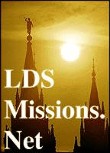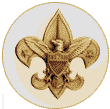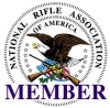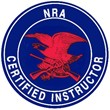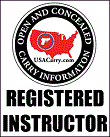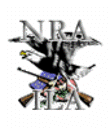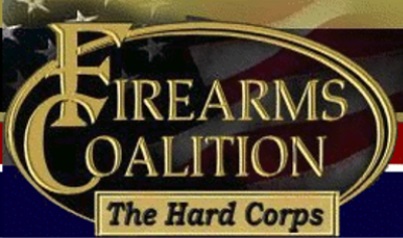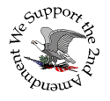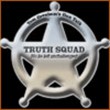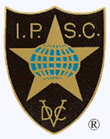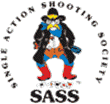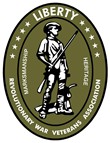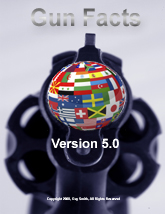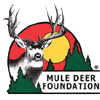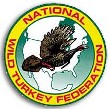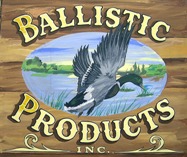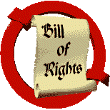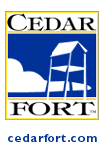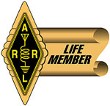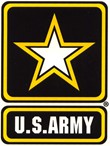|
I know of three origins of the Nay surname:
The Norman-Anglo Nays apparently originated in present-day France (one of Napoleon's generals was a Nay or Ney). At least one member of this family may have migrated to Essex County, England before 1207 (perhaps with the invasion of William the Conqueror). This family could possibly wear the crest shown above on the left.
The German Nay family derived their name from the German surname Noe/Noh/Noeh (pronounced Nay). A Johannes Noh immigrated from Germany to Virginia, USA in 1734 and is an ancestor of many Nays in the USA.
Finally, my surname (Nay) came from an Americanized McNee. The McNee name apparently originated in Galloway County and/or Limerick County of western Ireland. It is derived from the Gaelic MacNiadh (son of Niadh or Nia, Gaelic for the champion). MacNiadh (d 702) was King of Ard of the Ui Echadh, a district in the baronies of Upper and Lower Ireagh, County of Down. Other variations of the name include MacNay, MacNea, MacNeagh, MacNee, MacNeidhe, MacNeigh, MacNey, MacNia, MacNie, M'Ilnaey, M'Knae, M'Kne, M'Knee, M'Knin, O'Nee, O'Niadh, Nee, Needham
The earliest known ancestor on my line is William McNee (b1681) of the British Isles. His son, William McNee (1711-1789) of Ireland immigrated in the early 1700s with his family to New Hampshire, USA (I don't have an immigration date or port). Two generations later, John McNee (1765-1843) changed his name to Nay.
At some point in history (I don't know when) some McNees immigrated from Northern Ireland to the region of Scotland occupied by the McGregors (the dominant clan of that region). It is believed that the McNees were accepted in Scotland due to the standing of the McNees in Ireland which was such that a daughter was married into the royal family of Scotland. Apparently the McNee clan was never a particularly large clan in Scotland and McGregor was its parent clan. Scottish McNees wear the MacGregor tartan and crest shown above, center and right. The McGregor ancestral lands were on the east bank of Loch Lomond, up through Glenorchy, Glen Dochard, the Trossick Mountains to Lock Katrine, Loch Voll and the Braes of Balquhidder. These extensive territories in the Central Highlands, from Argyll to Aberdeenshire, were coveted by others, especially the Campbells, who, over the years, obtained various legal charters to dispossess the MacGregors.The MacGregor name was banned (proscribed) from 1603 to 1775, although in practice the worst years were from 1603 to 1642. From 1660 to 1693, during the rule of Charles II, the proscription was temporarily lifted. (This was due to the fact that despite the outlawing of the clan, two hundred MacGregors fought against Cromwell during the civil war. It was in gratitude for this bravery and loyalty that Charles repealed the proscription of the MacGregor name). William of Orange, however, immediately upon ascending the throne, re-imposed the proscription as ‘punishment’ for the MacGregors taking the wrong side. Landless, scattered, and driven by a sense of revenge, many MacGregors took to raiding and plundering the property of those who had dispossessed them. The McNees who escaped death and slavery during this turmoil took to the hills with the bandit clan MacGregor. As one of the sept of the McGregor clan (sept equals one of the seven major families), the McNees took to stealing other people's cattle. The other families were the McGregors, McKees, McNies, McNias, Fletchers (arrow-makers) and Skinners (folk who processed the stolen cattle). After 1745, when the famous rebellion was suppressed, the clan had to take up more congenial occupations.
Since my ancestors are believed to have come to America directly from Ireland, I suppose my family would not be a part of the McGregors -- only the Scottish McNees. Sadly, there isn't much published specifically on the McNees in heraldic books I've seen since it apparently wasn't a significant family in history or a particularly large clan.
Like most other Americans, I don't really have a "family" crest, although it's fun and interesting to learn about ancestral crests. Since there may have been more than one McNee who had a heraldic crest, there could be more than one legitimate McNee crest. Above, I have posted one for an Irish McNee that has a yellow field with a standing lion and three spearheads (signifying readiness for battle) and a Scottish McNee that has a blue field with a white diagonal bar and three stags' heads. I also have been told of a McNee crest with two crossed golden maces which certainly would be for a different individual and might even be for one of my ancestors (or maybe at least an Irishman).
For more information, click on my Nay / McNee Family History link.
|
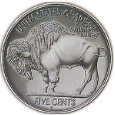
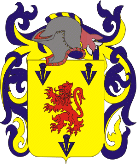
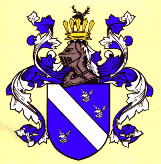
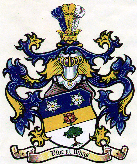
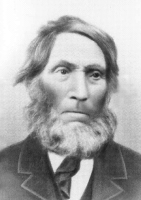
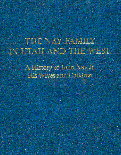 John Nay, Jr. (1804-1892) is the patriarch of most, if not all all Nays rooted in Utah. Some dedicated members of the Nay/McNee family have compiled a book on the lives and posterity of John and his wives, Thirza Angelina Hale (1814-1895) and Lucy Thankful Pine (1831-1897). The book includes comprehensive genealogical charts. Unfortunately, this book is now out of print. An online version with the same copyrighted content is now available. Click
John Nay, Jr. (1804-1892) is the patriarch of most, if not all all Nays rooted in Utah. Some dedicated members of the Nay/McNee family have compiled a book on the lives and posterity of John and his wives, Thirza Angelina Hale (1814-1895) and Lucy Thankful Pine (1831-1897). The book includes comprehensive genealogical charts. Unfortunately, this book is now out of print. An online version with the same copyrighted content is now available. Click
